Analysis and commentary on the Network’s experiences coordinating climate-resilient development.
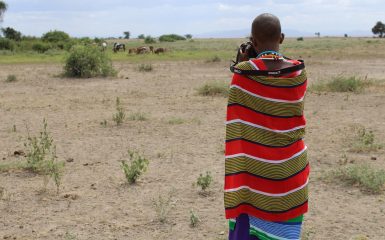
Elevating Women’s Voices in Climate Change Adaptation Through Visual Storytelling
By David Hoffmann and Angie Dazé
The NAP Global Network partnered with Lensational to amplify the voices of underrepresented women in NAP processes by equipping motivated trainees with digital cameras and providing participatory photography and storytelling training with a specific focus on climate change adaptation and resilience.
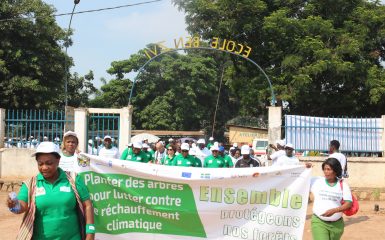
A March for Climate Action in the Central African Republic
In advance of the 2021 United Nations Climate Change Conference (COP26), the government of the Central African Republic is making important strides in the fight against climate change—and we mean literally.

NAP Global Network at COP 26
Glasgow, UK | Oct 31–Nov 12, 2021
Adaptation to climate change is one of the four key themes to be explored in numerous events at the 26th United Nations Conference on Climate Change (COP26) in Glasgow, United Kingdom, from October 31 to November 12, 2021.

Ensuring Inclusivity and Equality in Adaptation Planning
The blueprint for any adaptation action must be developed with the people it aims to protect and benefit. This Q&A provides insights on how vertical integration efforts can assure this inclusivity and representation in national planning processes.

Virtual Peer Learning Summit | Addressing Climate Change Through Integrated Responses
Linking Adaptation and Mitigation
This series supported countries in designing and applying integrated approaches in their adaptation, mitigation, and development agendas.
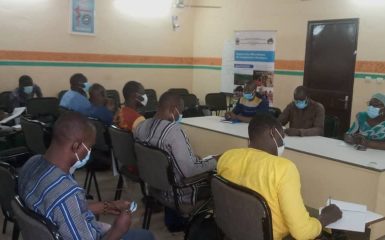
Adaptation Communication Update Series: Haiti and Burkina Faso
Leveraging the National Adaptation Plan (NAP) process
In the case of the 19 countries who are receiving guidance from the NAP Global Network in building their first ADCOM, a common theme emerges as they continuously refer to and leverage the country’s National Adaptation Plan (NAP) process.
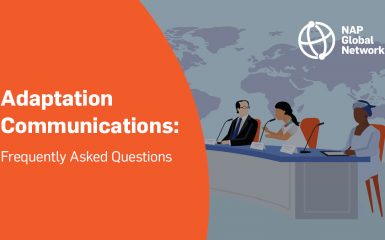
Adaptation Communications: Frequently Asked Questions
by Anne Hammill and Christian Ledwell, NAP Global Network Secretariat
The NAP Global Network Secretariat is currently supporting 20 country partners prepare adaptation communications under the UNFCCC and these are the most common questions that have emerged from this work.

Why Gender Matters for Effective Adaptation to Climate Change
By Angie Dazé
Adaptation to climate change fosters resilient communities, economies, and ecosystems by considering climate risks in decision making at all levels. National Adaptation Plan (NAP) processes must take into account differing backgrounds, genders, and socio-economic realities to be effective.
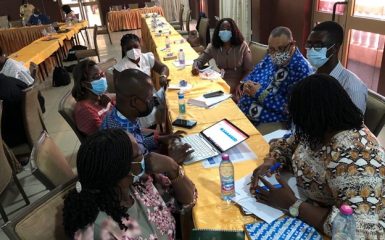
Adaptation Communication Update Series: Ghana and Nigeria
With the 26th Conference of the Parties (COP 26) around the corner in November, several countries are already engaging stakeholders in shaping the ADCOM. Burkina Faso, Eswatini, Ghana, Haiti, and Nigeria have all held inception meetings that aimed to launch the process and build capacities.
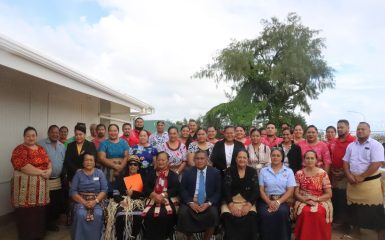
Engaging the Media as Stakeholders in Climate Action in Tonga
By Viliami Takau, JNAP Secretariat Communication and M&E Officer
The Government of Tonga, in partnership with the NAP Global Network, organized a media briefing and workshop on communicating climate change adaptation.
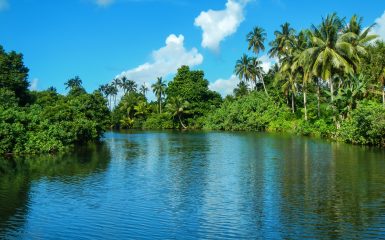
Bridging Biodiversity and Climate Change: Three ways the National Adaptation Plan (NAP) process can help
By Jeffrey Qi and Anika Terton, International Institute for Sustainable Development (IISD)
Climate change and biodiversity loss must be addressed urgently and ambitiously—neither will be successfully resolved unless both are tackled together.
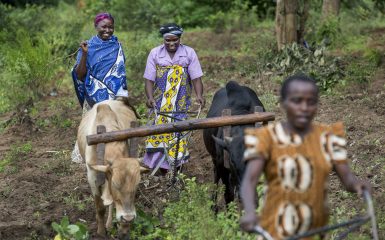
Eight Key Lessons of NAP Progress Reporting From Kenya and Burkina Faso
By Patrick Guerdat, International Institute for Sustainable Development (IISD)
During a webinar in June 2021, NAP focal points Kouka Ouedraogo (Burkina Faso) and Thomas Lerenten Lelekoitien (Kenya) shared key lessons from their work on approaching NAP progress reporting.